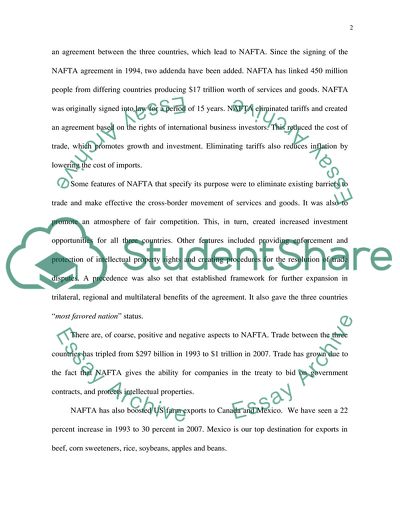Cite this document
(“NAFTA - United States, Canada, and Mexico Trading Together Research Paper”, n.d.)
NAFTA - United States, Canada, and Mexico Trading Together Research Paper. Retrieved from https://studentshare.org/macro-microeconomics/1752852-nafta-organizing-the-united-states-canada-and-mexico-into-a-trading-bloc
NAFTA - United States, Canada, and Mexico Trading Together Research Paper. Retrieved from https://studentshare.org/macro-microeconomics/1752852-nafta-organizing-the-united-states-canada-and-mexico-into-a-trading-bloc
(NAFTA - United States, Canada, and Mexico Trading Together Research Paper)
NAFTA - United States, Canada, and Mexico Trading Together Research Paper. https://studentshare.org/macro-microeconomics/1752852-nafta-organizing-the-united-states-canada-and-mexico-into-a-trading-bloc.
NAFTA - United States, Canada, and Mexico Trading Together Research Paper. https://studentshare.org/macro-microeconomics/1752852-nafta-organizing-the-united-states-canada-and-mexico-into-a-trading-bloc.
“NAFTA - United States, Canada, and Mexico Trading Together Research Paper”, n.d. https://studentshare.org/macro-microeconomics/1752852-nafta-organizing-the-united-states-canada-and-mexico-into-a-trading-bloc.


